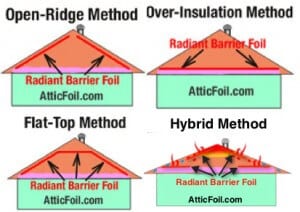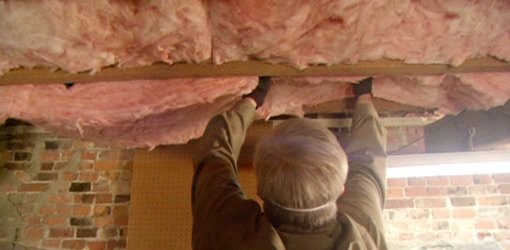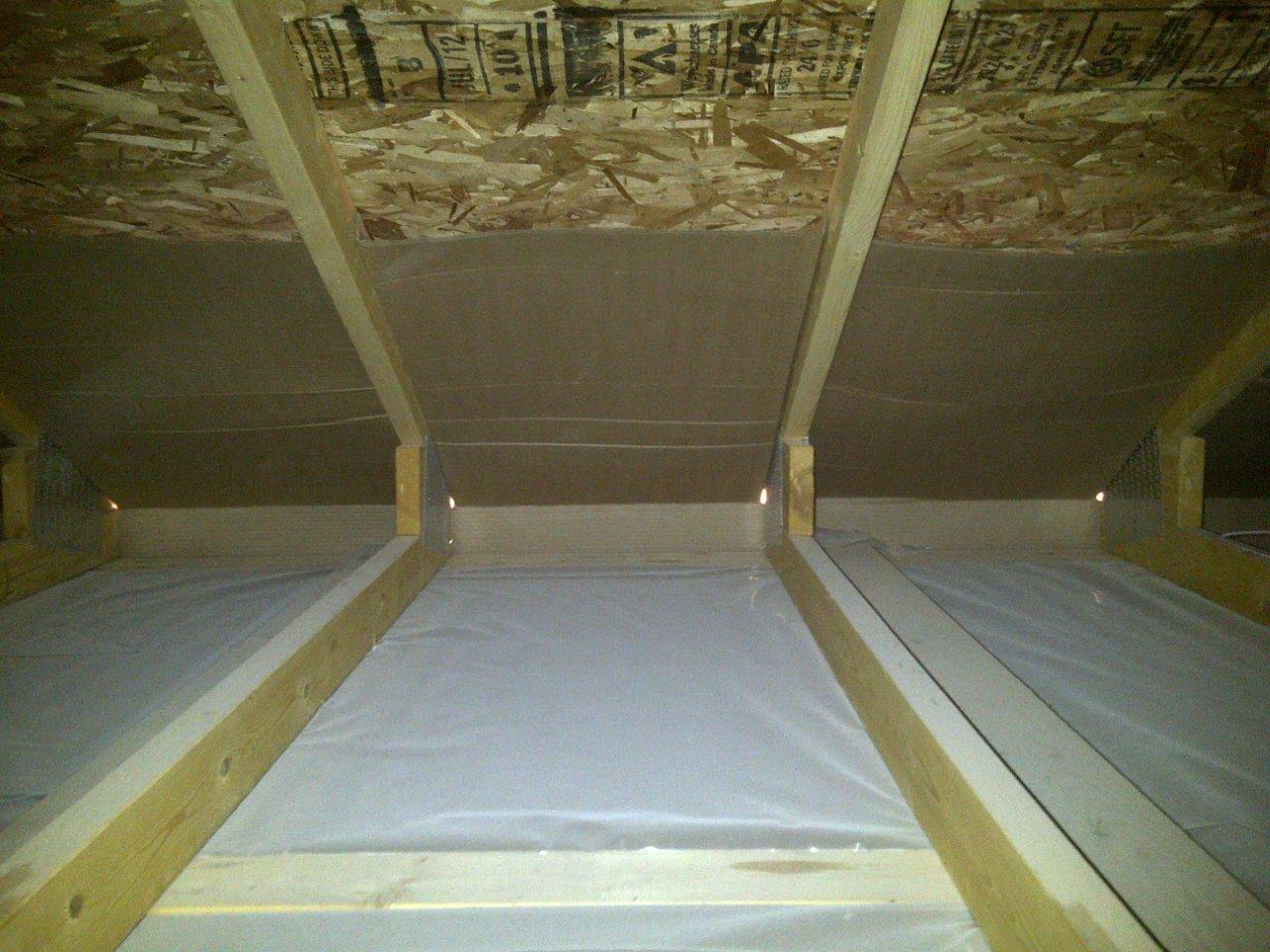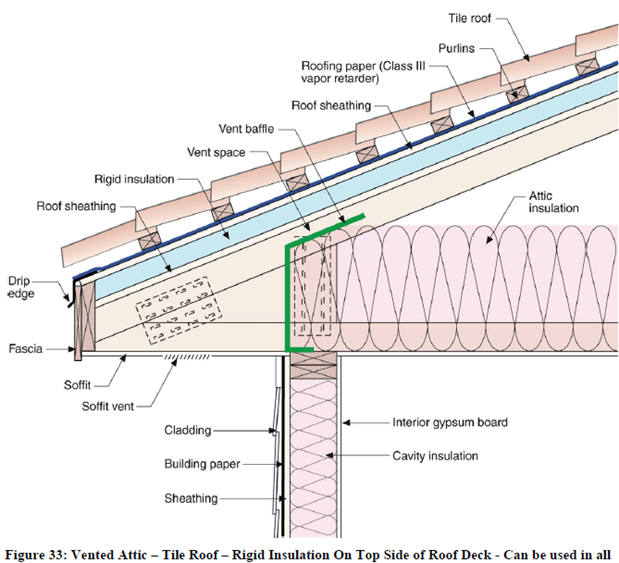There is a vapor barrier after the cement wall then installed then they put 2 2 framing in different distance then the insulation and another vapor barrier.
Attic insulation vapor barrier up or down.
A vapor retarder is a material used to prevent water vapor from diffusing into the wall ceiling or floor during the cold winter.
I could see the paper back as soon as i took out the wall.
Not every wall does.
The insulation fiberglass or cellulose is then placed on top of the drywall with no vapor barrier above or below.
Attic insulation should always be installed with the paper backing facing toward the living space the ceiling in this case.
Vapor barriers are sheets of plastic or other material placed on one side of insulation sheets.
Experts say that if you are putting in a second layer of insulation you should have no vapor barrier between the two layers.
Attic vapor barrier detail for cold climates the best approach for a vented attic in a cold climate is installing a layer of drywall with a good coat of latex paint the paint creates a semi permeable vapor barrier.
Affix rigid foam insulation to the attic side of the hatch or door.
For this reason faced insulation is typically installed on the.
This barrier is meant to keep moisture from getting to the insulation in the walls and ceilings and it is required by building codes when insulating most houses.
Use a zippered insulated tent to keep the enclosure draft free attic tent at 7 attic cover insulator 120.
The facing on kraft faced insulation is made of kraft paper with an asphalt coating that makes the paper impermeable to water vapor.
The vapor barrier on insulation is always installed towards the living space.
After the insulation is in place you will want to add a vapor retarder sometimes called a vapor barrier if you need one.
Add weatherstripping around the perimeter and a sweep to the door of a walk up attic.
My question is was it properly installed.
Vapor barriers in attics should only be installed on one side of the insulation.
This acts as a barrier to keep heated moist air from rising up into the attic during cold weather.
The insulation has a paper back 2 1 2 thick.
To the inside of the home or the outside of the home.
In any case the vapor barrier must point to the warm side.
For many building science questions the answer is it depends for this one the answer is clear.
The paper creates a vapor barrier that helps keep the water vapor in the warm moist heated indoor air from migrating outward into the wall or other structure.
Vapor barrier up or down.
I thought having the pretty paper facing up in my attic was pretty don t let me ever catch you doing this or i ll strip you of your handyman union card.
Pull down stair or ladder.
If you install fiberglass batt insulation with a kraft paper vapor retarder in a home which way do you face the vapor retarder.



























